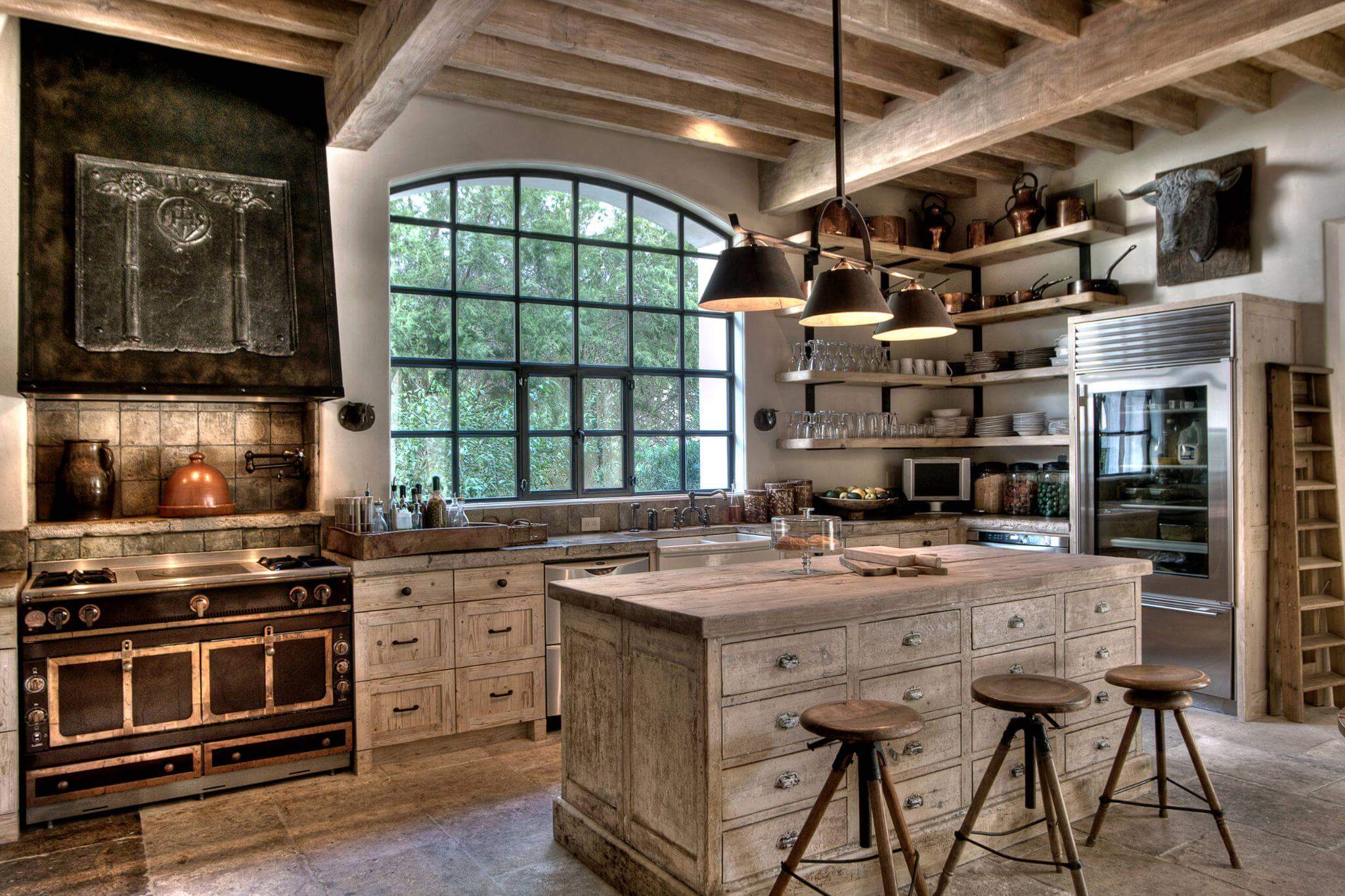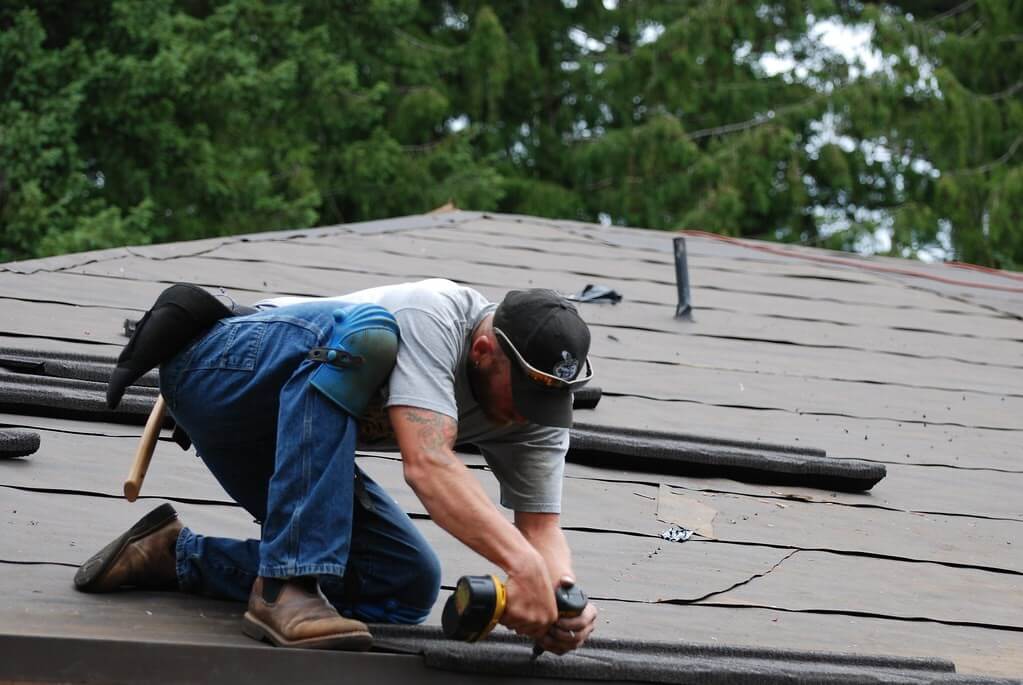

The roof of a house is its first line of defense against the elements. However, this vital shield is susceptible to various threats that can compromise its integrity over time. Understanding the potential hazards that can damage your roof is crucial for maintaining its longevity and protecting your home. In this article, we will explore the common culprits that pose risks to your roof and discuss preventive measures to preserve its structural integrity.
Extreme Weather Conditions
One of the primary adversaries of a roof is extreme weather conditions. From scorching heat waves to freezing cold, severe weather can take a toll on roofing materials. Prolonged exposure to intense sunlight can cause shingles to warp, crack, and lose their protective granules. Conversely, freezing temperatures and ice dams can lead to the expansion and contraction of roofing materials, resulting in roof leaks.
To mitigate these risks, homeowners should consider installing weather-resistant roofing materials and ensuring proper insulation and ventilation. Regular roof inspections and timely repairs can also address potential issues before they escalate.
Heavy Rainfall and Moisture
Excessive rainfall can wreak havoc on your roof, especially if the water is not properly diverted away from the structure. Poorly functioning gutters and downspouts can lead to water pooling on the roof, causing leaks and water damage. Additionally, moisture accumulation can foster the growth of mold, mildew, and algae, which can further degrade the roofing materials.
To prevent water-related roof damage, regularly clean and maintain your gutters and downspouts. Make sure your roof is properly sloped to allow rainwater to drain efficiently. Investing in high-quality moisture barriers and waterproofing materials can also provide an added layer of protection.
Wind and Storm Damage
High winds during storms can lift and dislodge shingles, tiles, or roofing panels. Flying debris, such as tree branches, can also puncture or crack the roof surface. Missing or damaged roofing components expose the underlying structure to potential leaks and further deterioration.
To safeguard your roof against wind and storm damage, choose roofing materials rated to withstand strong winds. Regularly inspect your roof after severe weather events and address any damages promptly to prevent them from worsening.
Hail and Impact Damage
Hailstones, formed during severe thunderstorms, can vary in size from small pebbles to golf balls, posing a potential threat to roofs. The impact of these icy projectiles can result in considerable damage, such as cracked or broken shingles, dents on metal roofs, and gradual weakening of roofing materials over time.
While it is impossible to prevent hailstorms, one effective measure to mitigate damage is the installation of impact-resistant roofing materials. By using these specialized materials, homeowners can significantly reduce the potential severity of hail-related roof damage, providing added peace of mind during stormy weather conditions.
Trees and Overhanging Branches
Trees can add beauty and shade to your property, but they can also pose risks to your roof. Overhanging branches can scrape against the roof surface during windy conditions, causing abrasion and dislodging roofing materials. Moreover, falling branches or trees during storms can lead to severe structural damage.
Trim back trees regularly to prevent them from coming into contact with your roof. If a tree is too close to the house, consider consulting an arborist or removing it altogether to eliminate the risk of potential damage.
Poor Installation and Maintenance
The importance of proper roof installation and regular maintenance cannot be overstated. Roofing materials that are incorrectly installed may not perform as intended, leading to premature failure and susceptibility to damage. Furthermore, neglecting routine inspections and necessary repairs can exacerbate minor issues, turning them into major, costly problems over time.
To ensure your roof is installed correctly and adequately maintained, hire reputable roofing contractors with proven experience. Schedule regular roof inspections and promptly address any identified issues to extend the life of your roof.
Your roof is a valuable asset that protects your home and its occupants from the elements. Understanding the potential threats that can damage your roof and taking appropriate preventive measures are essential for maintaining its longevity and structural integrity. By being proactive and investing in quality roofing materials and professional installation, you can ensure your roof remains a sturdy shield for your home for years to come.
Steven Bennett
Related posts
Stay connected
Today's pick
- Things to Remember While Designing Your Custom Modular Kitchen in GurgaonGurgaon now known as Gurugram is the second largest city in the state of Haryana and is a reflectiossn of an ideal modern city with futuristic goals. Witnessing rapid urbanization, it has also emerged as a hub for contemporary homes, with homeowners seeking innovative and... The post Things to Remember While Designing Your Custom Modular […]

